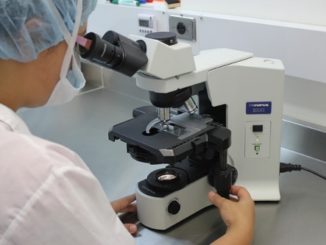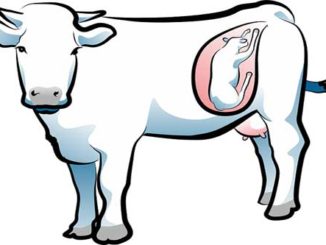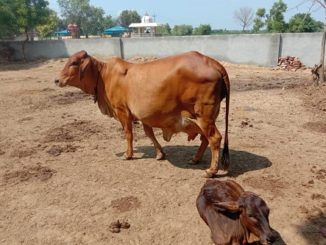Introduction
Although the bovine population is highest in India, the productivity is lower per animal. The uncontrolled breeding of the cattle has led to exponential growth over these years, by virtue of which a lot of calves have been produced. In the ancient time period, both male and female animals were utilized equally i.e., females for milk and males for fieldwork, pulling carts, and harvesting crops.
However, in modern dairy farming, females are valued more than male animals and treated as a burden by dairy producers or farmers. The young calves are being fed less than that of their counterparts and they may either die slowly of malnutrition or are left on the roads these days. This problem has created road blockage, mishaps, crop destruction, and conflict with humans. This problem can be overcome by using semen having a maximum number of X-chromosome carrying sperms so that this could lead to the birth of female animals. Thus, work towards the sustainable dairy sector in India is required, and the use of sexed semen could play a pivotal role in the reduction of male animals on the streets.
What is Sexed Semen?
The male and female animals have different chromosomes i.e., XX and XY. This X chromosome is responsible for the generation of female offspring. The present sorting via flow cytometer takes the advantage of this size difference and extra DNA content in X bearing chromosome.
Recommended use of Sexed semen
- Farmers who want to maintain the replacer herd
- First-time heifers
- In-Vitro Fertilization for genetic improvement
- Large scale dairy farming
Benefits of using it
- Increased percentage of female calves to expand the herd
- 90 percent of calves will be heifers in the long run
- Choosing genetically superior dams for faster genetic progress
- Reduce dystocia or other calving problems as the majority of them are being caused by bull calves
- Sexing semen for in vitro fertilization, superovulation, and embryo transfer programs as it requires fewer sperms
Semen mixed with HOESCHT 33342
![]()
Passed through the nozzle and formation of droplet
![]()
XX Sperms get deflected toward positive charge and vice versa![]()
Sperms get sorted according to the charge variation
![]()
X chromosome is larger and get more negative charge, more florescence than Y when laser applied
Process of semen sorting
Some drawbacks of its less popularity
- Higher sperm sorting costing (50 -60 times costlier than conventional semen)
- Slow speed of sorting and more damaged sperms
- Less number of sperm i.e., 2 million rather than conventional semen 15-20 million/ml
- Mostly used in heifers rather than multiparous cows
- Recommended to use with estrous synchronization and after visible heat signs
How useful was this post?
Click on a star to review this post!
Average Rating 5 ⭐ (553 Review)
No review so far! Be the first to review this post.
We are sorry that this post was not useful for you !
Let us improve this post !
Tell us how we can improve this post?
Authors
-

Ph.D. Scholar, Department of Veterinary Gynecology and Obstetrics, GADVASU, Ludhiana, Punjab
-

Assistant Professor, Department of ARGO, Nagpur Veterinary College, Nagpur, Maharashtra, India
-

Ph.D. Scholar, Division of Surgery and Radiology, IVRI, Izatnagar, Bareilly, Uttar Pradesh
-

Department of Veterinary Medicine, Pantnagar, Uttarakhand, India





Good technology to enhance production traits.
Very good technology to give or enhance the production of quality dams for future generations.